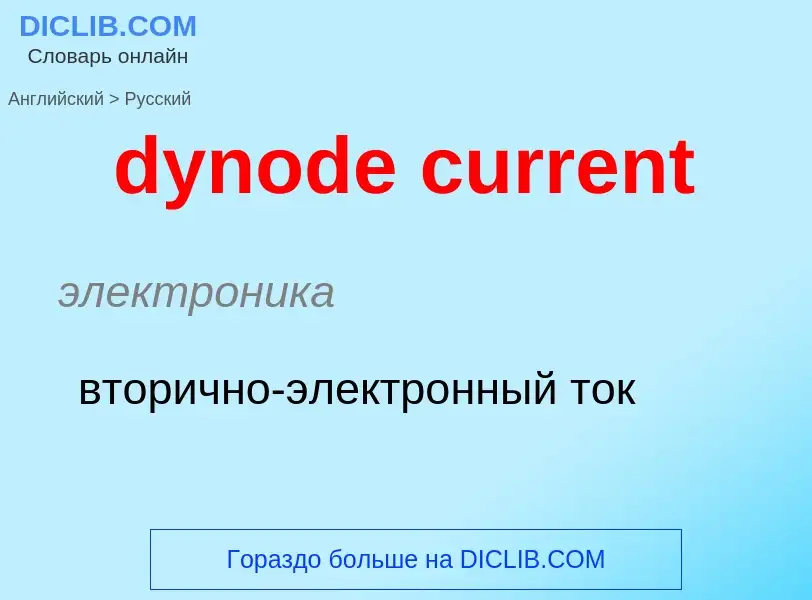Vertaling en analyse van woorden door kunstmatige intelligentie ChatGPT
Op deze pagina kunt u een gedetailleerde analyse krijgen van een woord of zin, geproduceerd met behulp van de beste kunstmatige intelligentietechnologie tot nu toe:
- hoe het woord wordt gebruikt
- gebruiksfrequentie
- het wordt vaker gebruikt in mondelinge of schriftelijke toespraken
- opties voor woordvertaling
- Gebruiksvoorbeelden (meerdere zinnen met vertaling)
- etymologie
dynode current - vertaling naar russisch
электроника
вторично-электронный ток
общая лексика
поток воды
течение воды
общая лексика
поверхностный ток
Definitie
Wikipedia

The Humboldt Current, also called the Peru Current, is a cold, low-salinity ocean current that flows north along the western coast of South America. It is an eastern boundary current flowing in the direction of the equator, and extends 500–1,000 km (310–620 mi) offshore. The Humboldt Current is named after the German naturalist Alexander von Humboldt even though it was discovered by José de Acosta 250 years before Humboldt. In 1846, von Humboldt reported measurements of the cold-water current in his book Cosmos.
The current extends from southern Chile (~45th parallel south) to northern Peru (~4th parallel south) where cold, upwelled, waters intersect warm tropical waters to form the Equatorial Front. Sea surface temperatures off the coast of Peru, around 5th parallel south, reach temperatures as low as 16 °C (61 °F). This is highly uncharacteristic of tropical waters, as most other regions have temperatures measuring above 25 °C (77 °F). Upwelling brings nutrients to the surface, which support phytoplankton and ultimately increase biological productivity.
The Humboldt Current is a highly productive ecosystem. It is the most productive eastern boundary current system. It accounts for roughly 18-20% of the total worldwide marine fish catch. The species are mostly pelagic: sardines, anchovies and jack mackerel. The system's high productivity supports other important fishery resources as well as marine mammals (eared seals and cetaceans) and seabirds. Periodically, the upwelling that drives the system's productivity is disrupted by the El Niño-Southern Oscillation (ENSO) event, often with large social and economic impacts.
The Humboldt has a considerable cooling influence on the climate of Chile, Peru and Ecuador. It is also largely responsible for the aridity of Atacama Desert in northern Chile and coastal areas of Peru and also of the aridity of southern Ecuador. Marine air is cooled by the current and thus is not conducive to generating precipitation (although clouds and fog are produced).







